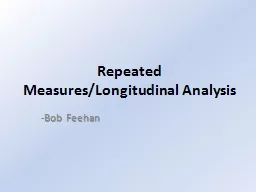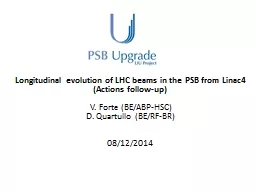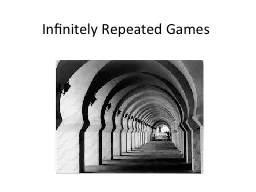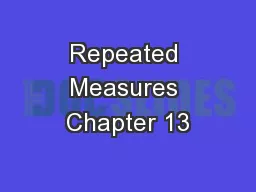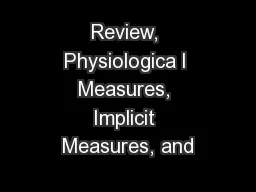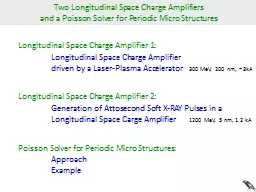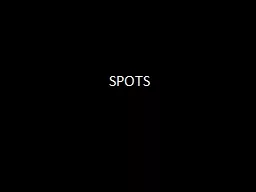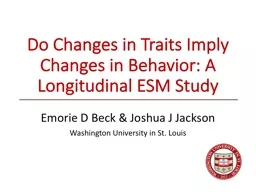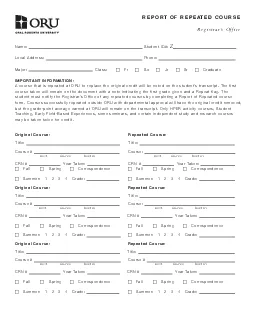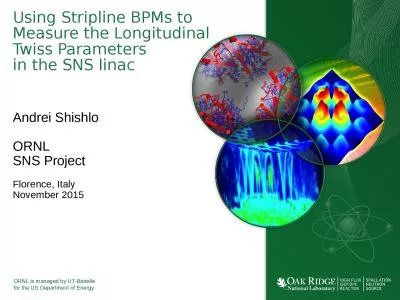PPT-Repeated Measures/Longitudinal
Author : tatyana-admore | Published Date : 2019-06-23
Analysis Bob Feehan What are you talking about Repeated Measures Measurements that are taken at two or more points in time on the same set of experimental units
Presentation Embed Code
Download Presentation
Download Presentation The PPT/PDF document "Repeated Measures/Longitudinal" is the property of its rightful owner. Permission is granted to download and print the materials on this website for personal, non-commercial use only, and to display it on your personal computer provided you do not modify the materials and that you retain all copyright notices contained in the materials. By downloading content from our website, you accept the terms of this agreement.
Repeated Measures/Longitudinal: Transcript
Download Rules Of Document
"Repeated Measures/Longitudinal"The content belongs to its owner. You may download and print it for personal use, without modification, and keep all copyright notices. By downloading, you agree to these terms.
Related Documents

